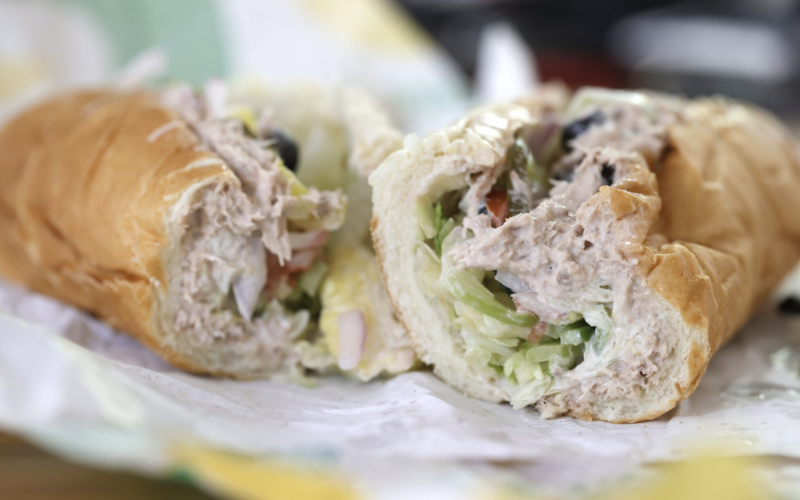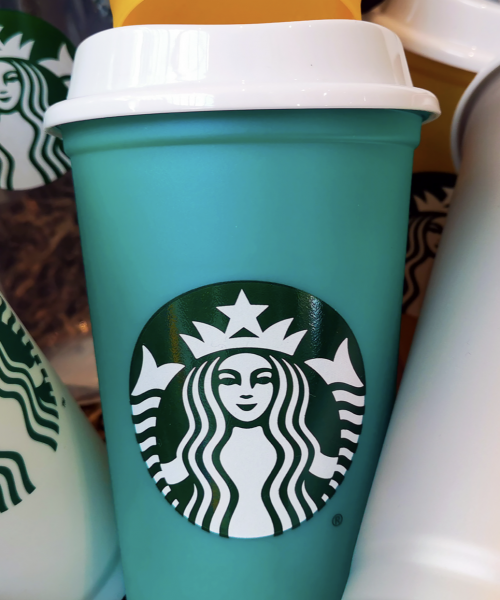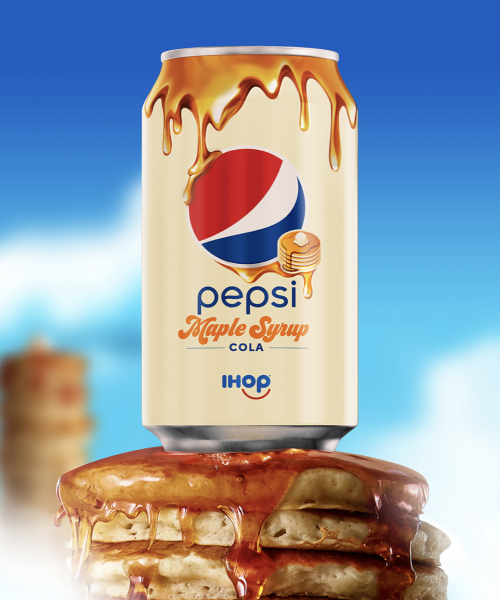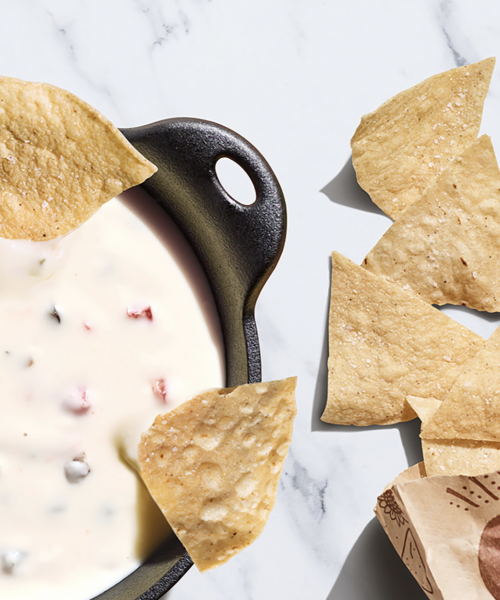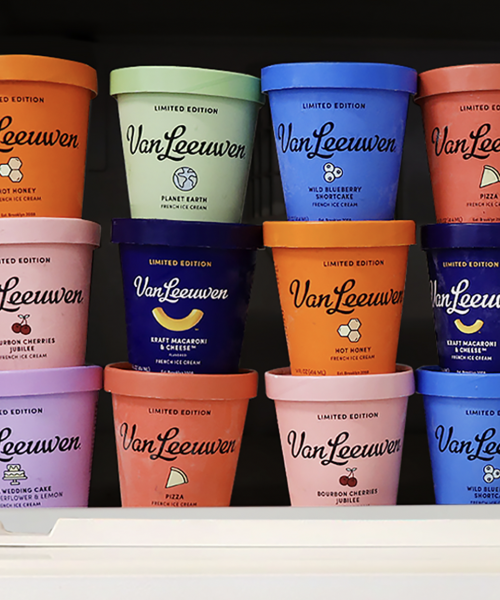By Mike Pomranz | FoodAndWine.Com
Troy Warren for CNT
SubwayTunaFacts.com explains that the sandwich chain’s tuna is, in fact, real.
Subway’s tuna sandwich has had about as tough of a year as a sandwich can have. In January, a class-action lawsuit was filed alleging that Subway’s tuna doesn’t actually contain any tuna at all. Of course, lawsuits can be filed without being true, but in a world where Subway has become an easy punching bag, the bold claim received plenty of press.
Then, last month, things got worse: Hoping to get to the bottom of the viral story, the New York Times sent Subway’s tuna to a lab for independent testing. “No amplifiable tuna DNA was present in the sample,” the results came back. “Therefore, we cannot identify the species.” The lab offered multiple reasons why the tests may have failed — explaining that things like processing or cooking could disrupt the results — but once again, the headlines didn’t break Subway’s way, suggesting that further evidence supports the “not tuna” theory.
So what’s a beleaguered sandwich company to do? Launch a website defending its tuna.
SubwayTunaFacts.com proclaims up top that “Subway tuna is real tuna.” The chain continues, “That’s right. The truth is, Subway uses wild-caught skipjack tuna regulated by the Food and Drug Administration (FDA). A favorite among sub lovers, our tuna is and has always been high-quality, premium and 100 percent real.”
The next thing visitors encounter is a “Tuna Fact Check” directly combating the New York Times article. “What actually happened is that the New York Timescommissioned a test that couldn’t detect tuna DNA in their sample,” Subway writes. “If the test had confirmed the existence of a protein other than tuna, questions could have been raised. However, their ‘non-detect’ conclusion really just means that the test was inadequate in determining what the protein was. In other words, it was a problem with the test, not the tuna.”
Then, finally, after answering some FAQs, Subway lays out its tuna supply chain: naming names for importers — Jana Brands and Rema Food Group — and explaining that these suppliers “are only allowed to accept whole frozen fish, which comes with a statement from each fishing boat captain affirming the species, catch method, traceability information, and more.”
For the record, seafood fraud is one of the most notorious types of food fraud in the world. The advocacy group Oceana has repeatedly dug into this issue and has seen little improvement over the years, even as regulations have attempted to further curb the problem. And a report earlier this year from The Guardianfound that over a third of seafood products were mislabeled with these issues occurring throughout the entire supply chain.
So is Subway’s tuna part of that third? Interestingly enough, another thing the New York Times pointed out is that Subway has little reason to lie in this situation: Tuna is a relatively inexpensive protein. Instead, this whole story would seem to have a larger moral: How often do we truly know what we’re eating, and how easy is it ever to prove — even if you have a dedicated website?
In Other NEWS


























